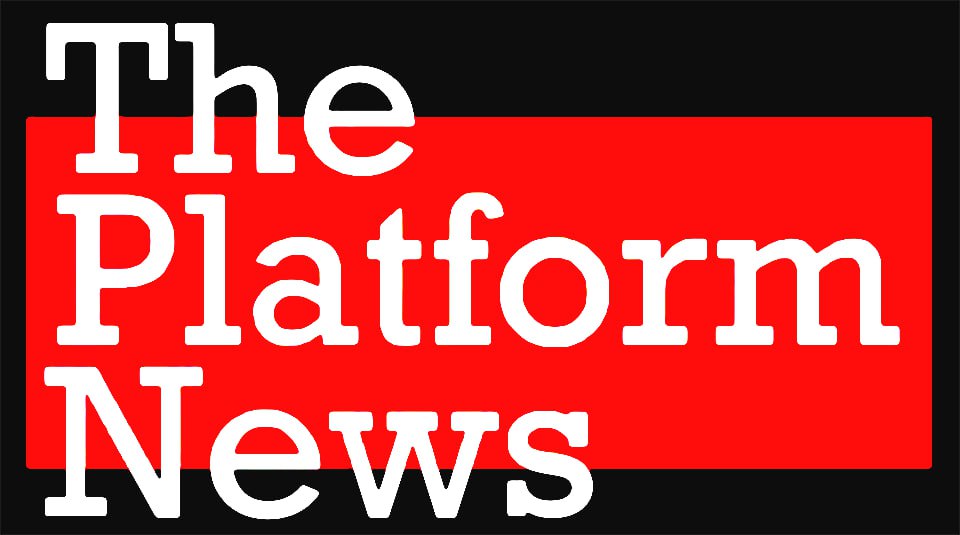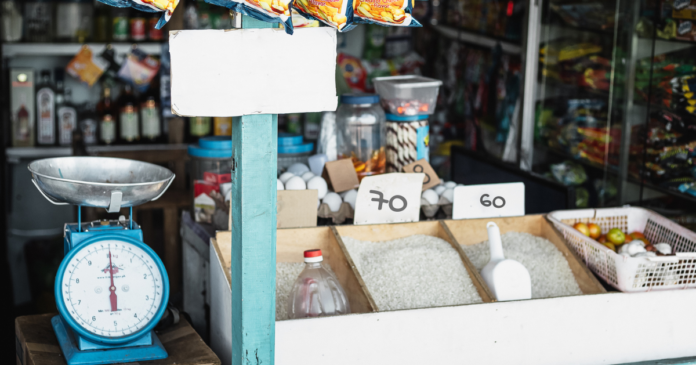In December 2022, the Asian Development Bank (ADB) projected a 7.4% GDP growth for the Philippines in 2023, marking the first full year under President Ferdinand Marcos Jr.’s administration.
While this forecast reflected strong optimism about the country’s recovery from the pandemic, the actual growth rate fell short at 5.9%, as inflationary pressures and global economic uncertainties significantly weighed on domestic performance.
Inflation averaged 6% for the year, driven by surging food and energy prices that placed a heavy burden on Filipino households. Many families saw their purchasing power shrink, forcing them to cut back on non-essentials or dip into savings just to afford basic goods. This slowdown in consumer spending further dampened economic momentum, as households struggled to keep up with rising costs.
In 2024, the Marcos administration sought to stabilize the economy, initially setting an ambitious GDP growth target of 6.5% to 7%. However, persistent global pressures, volatile commodity prices and weaker external demand, alongside domestic challenges such as typhoon-related disruptions to agriculture, forced the government to revise its target to a more conservative 6.0% to 6.5%.
By the end of the year, growth hovered at the lower end of this range, buoyed by strong government spending and resilient exports. While these efforts reflected economic resilience, they also underscored the challenges of achieving consistent expansion in the face of such disruptions.
Inflation, a defining issue of the Marcos administration, peaked at 8.1% in late 2022. Over the following two years, it steadily declined, reaching 3.3% by mid-2024 and stabilizing at 2.5% by November. This decline provided much-needed relief for households, as prices of essential goods became more manageable.
But for many lower-income families, the earlier inflationary spikes left lasting scars, with depleted savings and mounting debt. Although inflation eased, wages have not kept pace with the cost of living, leaving many Filipinos struggling to make ends meet.
As the midpoint of the Marcos administration and midterm elections approach, these economic pressures remain a key concern for voters. The ADB’s forecast of a 6.2% GDP growth for 2025 offers cautious optimism, but whether this target will be met, exceeded, or revised, hinges on the administration’s ability to address lingering vulnerabilities and foster inclusive growth.



